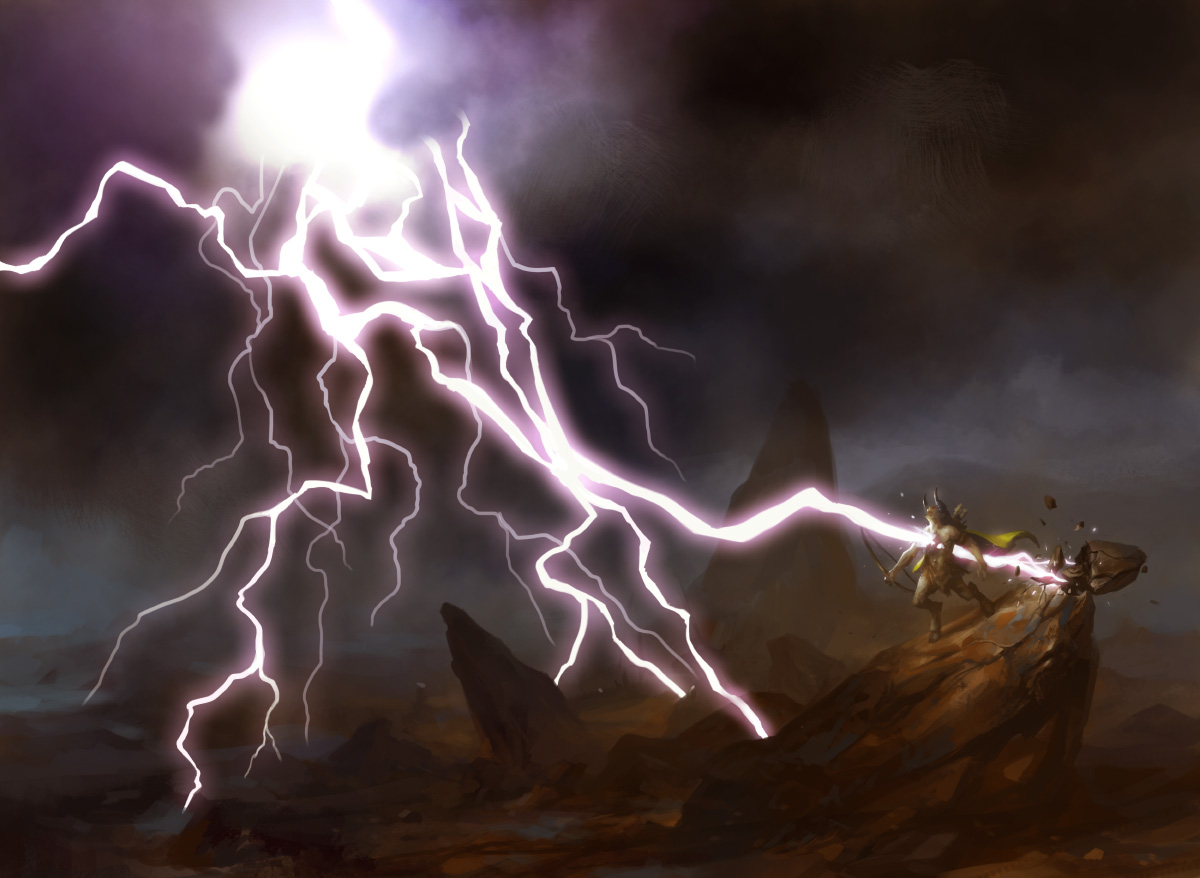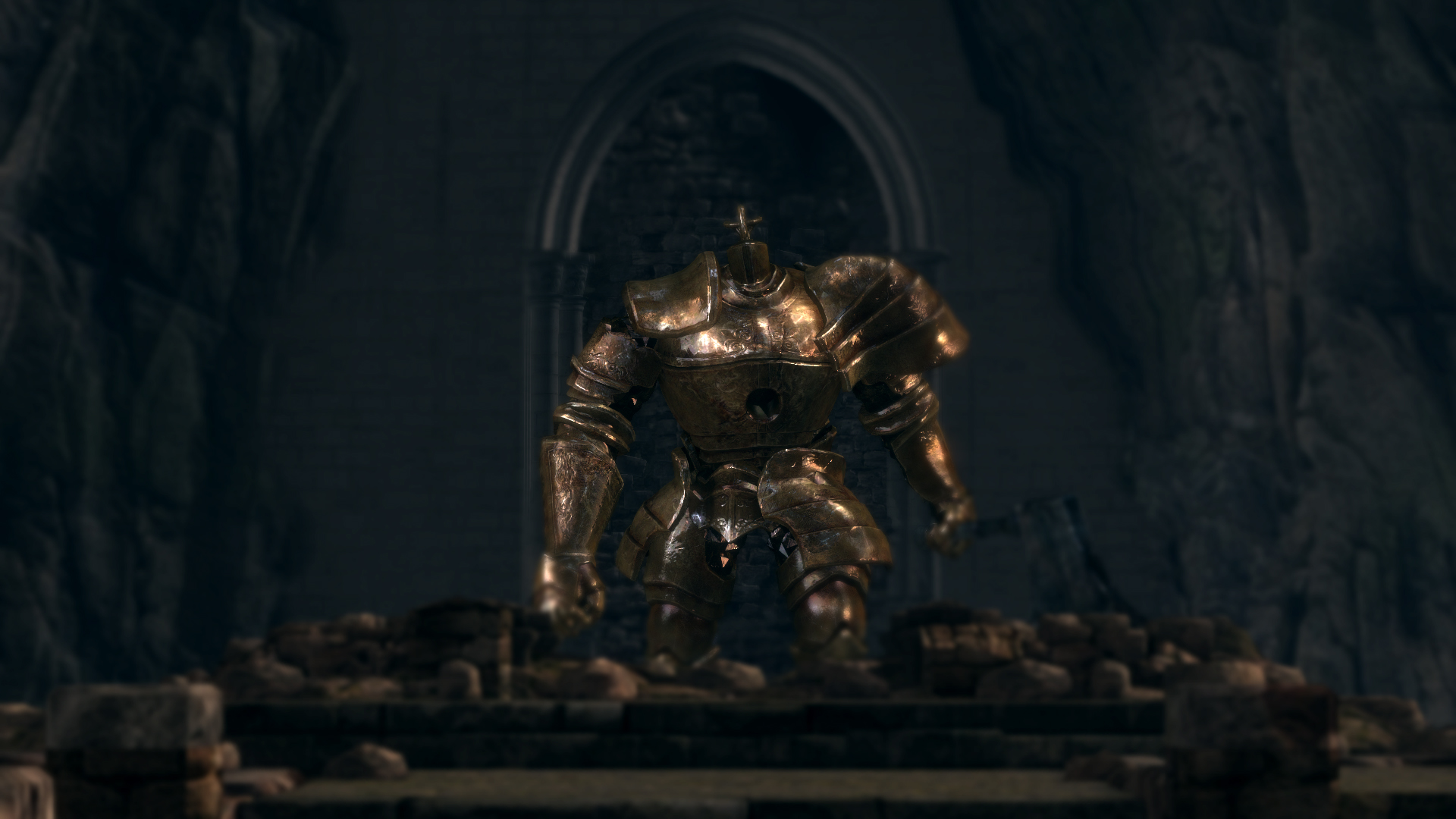
In December I wrote an encounter. The gist of it was that the characters come across an angel trying to deliver a message to some shepherds but the angel gets attacked by some big tough demons. The characters get to make the choice to intervene or not, if the angel is defeated it will try to pass on its message for the characters to deliver, and so on.
D&D has celestials as a type of monster, big tough angels. Rolemaster doesn’t have them or if it does I had an absolute failure in my research skill roll when looking for them.
In place of the missing celestial stats I used the stats for an Oriental Dragon and just changed the physical form factor to that of an Angel and tweaked the odd ability here or there. I was pretty pleased with the result.
The oriental dragon version of the angel was not my first choice. I started out by making a Hira’razhir cleric but their default level is only 3rd and that was not the sort of thing I was looking for in this encounter. I could have leveled up the Hira’razhir cleric but that was too much effort (I am extremely lazy).
All through this my thinking is very much RM2/RMC. I am 100% sure that the same effects could be achieved with RMSS/FRP and even more so with RMu with its archetypes and seven million talents. What I wanted could just as easily be botched, jury-rigged or finely crafted. Whether the end results would be any different depending on the route you took is open to debate.
The positive thing is that both options are available. The GMs that like to handcraft every encounter can be satisfied by taking a Hira’razhir and giving it a profession, all the racial stat modifiers are in C&T to roll up your NPC with the full profession and spell lists and everything that goes with it.
Equally, I could tweak a stat here, an ability there and change the physical description and the encounter was good to go.
Could I have done the same thing in D&D? I am not sure both options are available. The botch and make it up is definitely an option. Creating a monster strictly adhering to the monster design rules, I am not sure if they exist. My D&D experience ends with AD&D and Basic/Expert so I am drawing on a distant and outdated set of knowledge.
A few years ago I was involved in editing a version of the 5e SRD and at that time I honestly do not remember seeing monster creation rules in the book. That could just mean that they are not part of the SRD.
So I know I can easily botch, jury-rig and craft a monster in RM. What about competing systems?
RuneQuest
RuneQuest uses the concept that every creature can be a player character and as such, they are all customizable. Creating unique monsters is catered for in the rules. In addition, RuneQuest uses a skill shorthand, such as a single figure to use for all skill tests, Ogres get 20% in all skills except the few that really define their orgrishness. Having these rules of thumb or shorthand techniques makes botching something up quickly a viable option.
Zweihander
Zwei has two approaches. The first is treating all similar creatures as one. A Man Eater could be a lion, tiger, wolf or whatever. The basic stats do not change, just the visual appearance to the characters. You can have half a dozen basic templates and cover the entire natural animal kingdom. The same approach is taken with monstrous things. They are split into broad categories and from them you can dress them up as you like. Zwei also has a full cast of truly unique creatures, the same as any system but the general approach is that the role play trumps the need for unique stats for everything.
The second approach is found in the companion Main Gauche. In this book, you get a blank template and all the rules necessary to make any monster. These are the same rules used to create the stats for the core rules.
Zwei leads with botch it but backs that up with fully customizable monsters using a rules-driven process. A unique monster takes about 20-40 minutes if you have to read as you go.
Chivalry & Sorcery
One of the cornerstones of C&S is that Monsters are people too. What that means in practice is that they are just as customizable as player characters. Think of them as NPCs.
It may just be my lack of experience with the rules but I found this the slowest game to create a unique monster in. It may get quicker over time but or it may just have been me. I fact is that the rules for customization are there.
vsDarkmaster
It is so long since I have read these rules that I could not fairly compare them. I also read an early beta rather than the finalised rules. What I am expecting though is no more trouble than RM presented. They share the same DNA and when I have compared monsters across systems before there was barely any difference, a few points of DB here and a few points of DB there.
Conclusions?
What I was hoping to find was that RM was more flexible than most. RM has always prided itself on its modular design and how everything is tweakable. It turns out that all the d100 systems I looked at offer the same flexibility. Some wanted you to go down the rules driven route while others were happy to promote the botch it and see method. Which is ‘best’ is a personal GMing style question.
Is this a function of the d100 system? If everything is operating on the same general scale does it lend itself to tweaking the figures?



